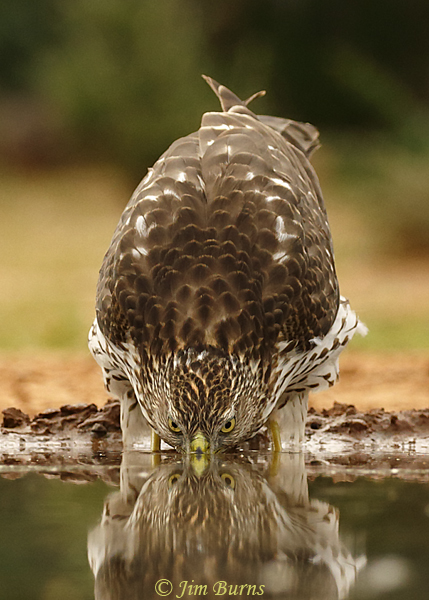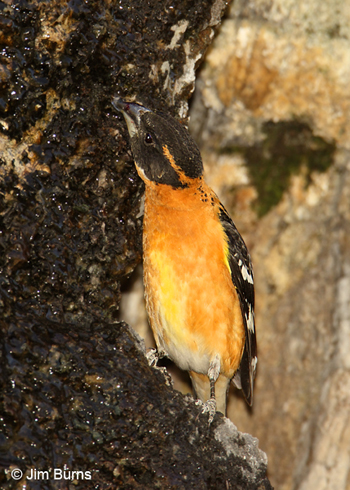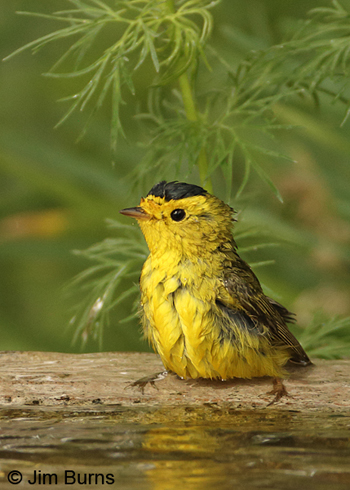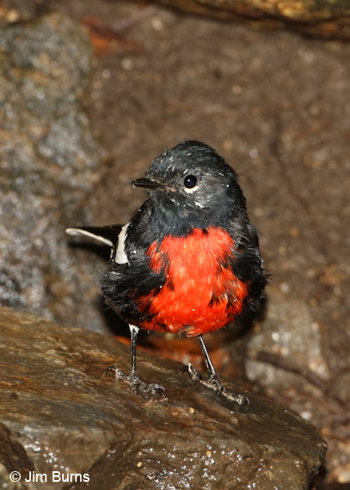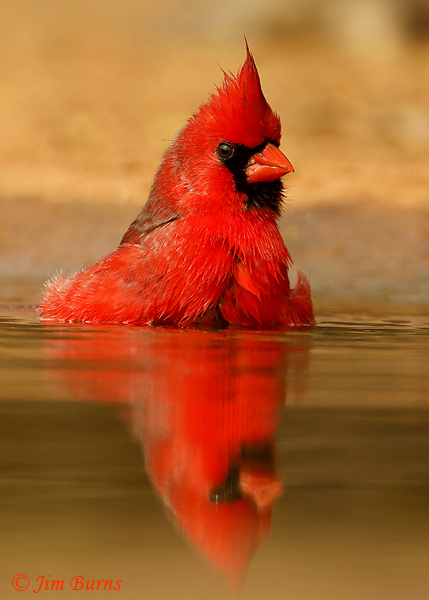
Some thirty years ago my pathway to nature diverged from the one most traveled when I found myself wanting mementos of my birding adventures while realizing I was a very visual person. I began carrying a camera. It may have been because a Christmas Count compiler demanded documentation of a rarity, but more likely it was because I found myself bereft of any talent for drawing or painting.
Following this new pathway was at once more challenging and more rewarding. The camera demanded that I slow down and spend more time with a single bird or species while also requiring a more granular focus on finding them. The answer to what do birds do all day is that their needs dictate their movements, and the primary need for birds is the same as ours. Water!
Although some desert birds such as roadrunners and wrens are able to satisfy their moisture needs with their food intake, most birds seek free standing water to drink, and additionally there are two other reasons they gravitate to water. They need/love to bathe, and water attracts prey, whether other avian species, small mammals, or insects.
Black-headed Grosbeak male drinking at seep |
White-breasted Nuthatch drinking at rainpool |
At this point in my birding life there is nothing I’d rather do than walk a boardwalk or sit at a waterhole, but what is a boardwalk but a long access over a big waterhole? A waterhole, as typically construed, is something small enough to walk around, giving access from all compass points to all comers, birds, birders, and photographers alike, the latter two always seeking to keep the light behind them.
Waterholes attract birds. Period. A waterhole can be anything from a trickle at a mountain seep to monsoon runoff in a retention basin, from a backyard water feature to a fishing pond, from a waterfall pool to an oxbow of a river. Waterholes are one of the most overlooked and underutilized hotspots for many birders who just want to keep moving and/or run up a big list. And the most undervalued strategy for birding at waterholes is sit and wait.
Wilson's Warbler male |
Painted Redstart male |
Waiting at water for birds is, I suppose, boring for “hard core” birders, but I find it at once both calming and exhilarating. Even if one is knowledgeable about seasonal activity, terrain, and habitat, surprises abound at waterholes where locally uncommon species or even rarities may drop in at any moment. Activity at waterholes provides a glimpse behind the curtain into the secret life of birds that the typical birder seldom sees.
Who knows the crown of the seemingly inaptly named Orange-crowned Warbler really is orange? I have seen it three times, all at waterholes. Who believes the icon of the southwestern deserts, our beloved Greater Roadrunner, is a ruthless killer, gruesomely disarticulating prey by beating it against rocks? I have seen it twice at waterholes. Who watches avian parents teach juveniles the wary caution and meticulous grooming and preening techniques required in bathing? I see it every time I sit and wait at a waterhole in summer or fall.
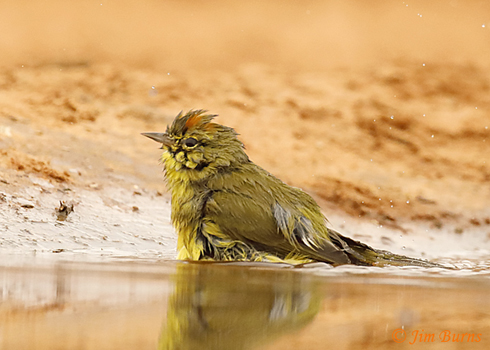
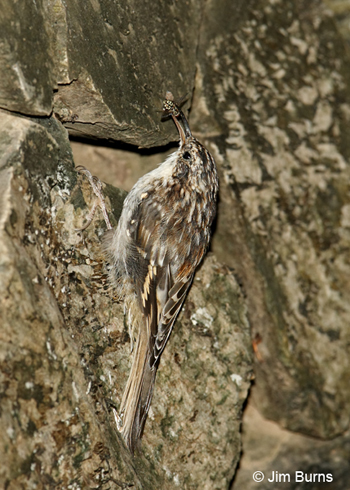
Water is one of the eternal verities, along with light and sky, for birds and those who seek them out. Water is life for birds, and it can add immeasurably to the birding life of birders. Water reflects light and sky. Water implies depth and distance. Water takes on form and function. Water is both dynamic and dramatic. It makes both natural history and camera captures come alive.
Just as “bird” evolved linguistically from a noun to a verb, so has water evolved from noun to adjective, modifying where, why, and how the binoculars find birds and the camera finds beauty. So, at this stage in my birding life there is no place I’d rather be than sitting and waiting at a waterhole. Peace and quiet. Anticipation and action. Discovery and drama. All the photos accompanying this article were taken at waterholes in Arizona. Water will add some spice to your birding life just as it adds life to the birds you enjoy.